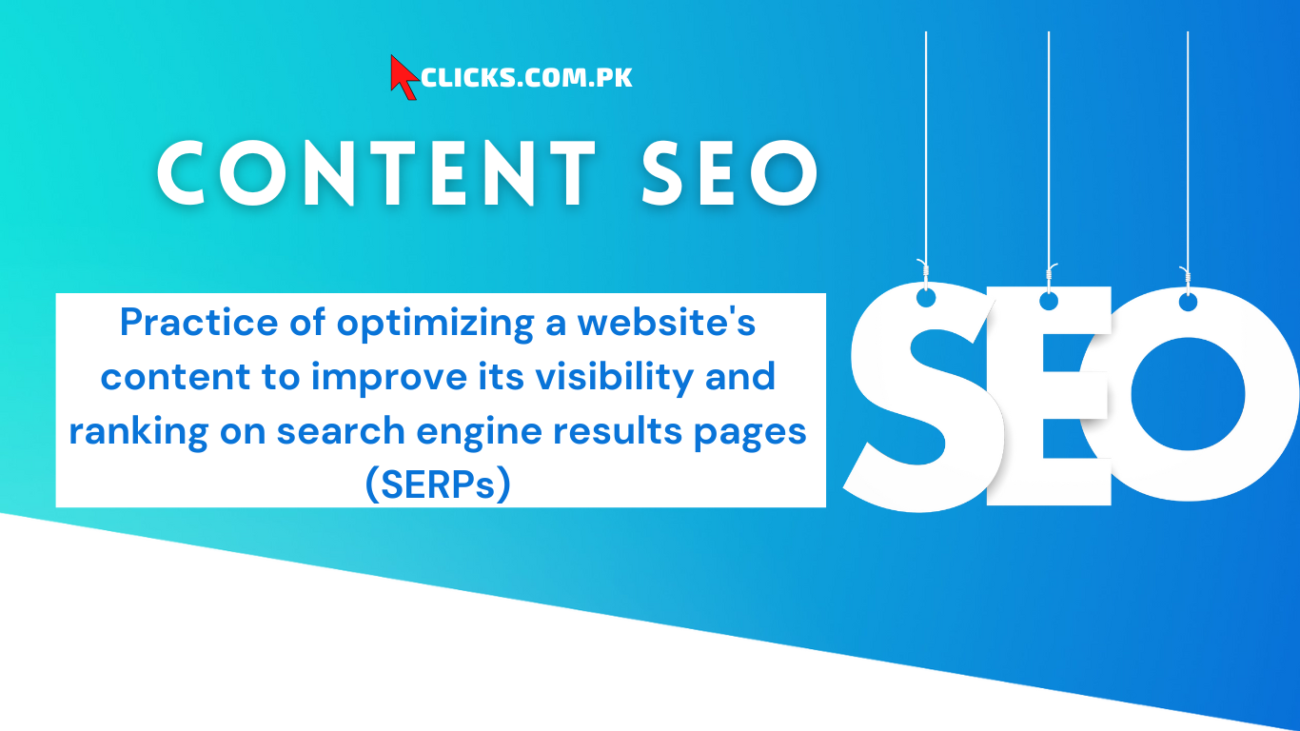Search Engine Optimization (SEO) is a digital marketing strategy that involves optimizing a website to improve its ranking in search engine results pages (SERPs). SEO is essential for businesses of all sizes as it helps increase visibility, drive traffic, and generate leads. There are different types of SEO that businesses can use to achieve their online goals and only the best SEO experts can master all these types of SEO so test yourself on how many types you master or know after reading the article.
1. On-page SEO
On-page SEO, also known as on-site SEO, is the practice of optimizing individual web pages to rank higher in search engine results pages and earn more relevant traffic. It involves optimizing the content, HTML source code, and structure of a website to improve its relevance and visibility. It also includes optimizing title tags, meta descriptions, header tags, and internal linking, among other things.

2. Off-page SEO
Off-page SEO, also known as off-site SEO, refers to the activities that you can do outside of your website. It helps to improve its ranking in search engine results pages. It includes link building, social media marketing, and guest blogging. The primary goal of off-page SEO is to improve the authority, relevance, and trustworthiness of a website.

3. Technical SEO
Technical SEO refers to the optimization of the technical elements of a website that affects its ranking in search engine results pages. It involves optimizing the website’s structure, code, and configuration to make it more search-engine friendly. Technical SEO includes improving website speed, optimizing images, and ensuring that the website is mobile-friendly.

4. Local SEO
Local SEO is a type of SEO that focuses on optimizing a website to rank better for local searches. It involves optimizing the website for local keywords and creating local business listings on search engines such as Google My Business. Local SEO is essential for businesses that have a physical location, such as restaurants, retail stores, and service providers.

5. E-commerce SEO
E-commerce SEO is a type of SEO that is specific to online stores. It involves optimizing the website’s product pages, category pages, and other e-commerce-related pages to rank higher in search engine results pages. E-commerce SEO is so important because it also includes optimizing the website’s navigation, filtering, and sorting functions to enhance the user experience.

Mobile SEO
Mobile SEO is the practice of optimizing a website because it helps to improve its visibility and ranking on mobile devices such as smartphones and tablets. With the increasing usage of mobile devices for internet browsing, it has become a crucial aspect of search engine optimization. This SEO involves optimizing the website’s content, design, and user experience for mobile devices.

Mobile SEO includes several best practices such as:
- Mobile-friendly website design – A responsive website design that adjusts to the screen size of the mobile device being used is essential for mobile SEO.
- Page speed optimization – Mobile users expect websites to load quickly, so page speed optimization is crucial for mobile SEO. This includes compressing images, minimizing code, and reducing the number of HTTP requests.
- Content optimization – Mobile users tend to consume content differently than desktop users, so optimizing content for mobile devices is essential. This includes using shorter paragraphs, larger fonts, and concise headings.
- Mobile-friendly navigation – Navigation on mobile devices should be easy to use and straightforward. It should be optimized for touch and should be easy to navigate with one hand.
- Local optimization – Mobile searches often have a local intent, so optimizing for local search is critical for mobile SEO. This includes optimizing for local keywords, creating local business listings, and using location-based services.
Content SEO
Content SEO is the practice of optimizing a website’s content to improve its visibility and ranking on search engine results pages (SERPs). It involves creating high-quality, relevant, and engaging content that is optimized for specific keywords and topics. Content SEO is a critical component of any SEO strategy as it helps businesses drive traffic, increase engagement, and generate leads.

Here are some best practices for content SEO:
- Conduct Keyword Research: Keyword research is the process of identifying the most relevant keywords and phrases that people use to search for products or services related to your business. By optimizing your content around these keywords, you can improve your chances of ranking higher in search engine results pages.
- Write Engaging Headlines: Your headlines should be compelling and attention-grabbing to attract readers and encourage them to click through to your content. Use your primary keyword in your headline and try to make it as concise and descriptive as possible.
- Use Subheadings and Structure Your Content: Structuring your content with subheadings makes it easier to read and digest for both search engines and readers. Use H1, H2, and H3 tags to structure your content and make it easier for search.
Final words for SEO types:
SEO is an essential aspect of digital marketing that can help businesses improve their online visibility and drive more traffic to their websites. Different types of SEO can be used to achieve different goals, depending on the nature of the business and its online presence. On-page, off-page, technical, local, and e-commerce SEO are some of the most common types of SEO that businesses can use to optimize their websites and achieve their online objectives.
Frequently asked questions about SEO types:
Why Off-Page SEO is required?
Off-page SEO is required because it helps improve a website’s reputation, authority, and popularity on the internet. Off-page SEO refers to the actions taken outside of a website to improve its ranking and visibility on search engine results pages (SERPs).
Here are some reasons why off-page SEO is required:
- Backlinks: Backlinks are links from other websites that point to your website. Backlinks are a crucial factor in determining a website’s authority and credibility. Search engines consider the number and quality of backlinks when ranking websites. Off-page SEO involves building high-quality backlinks to improve a website’s reputation and authority.
- Brand Awareness: Off-page SEO can help increase a website’s brand awareness by promoting it on social media platforms and other websites. This can increase the website’s visibility, attract more traffic, and generate more leads.
- Social Media Presence: Social media platforms are an essential component of off-page SEO. Having a strong social media presence can help increase a website’s popularity and attract more traffic. Social media profiles can also appear on search engine results pages, thereby increasing a website’s visibility.
What is SEO?
SEO stands for Search Engine Optimization. It is the practice of optimizing a website and its content to improve its visibility and ranking on search engine results pages (SERPs). The goal of SEO is to attract organic or unpaid traffic to a website by improving its ranking for relevant search queries. Search engines such as Google use complex algorithms to determine the relevance and usefulness of a website’s content to a user’s search query. SEO involves several best practices to help search engines understand and rank a website’s content better


